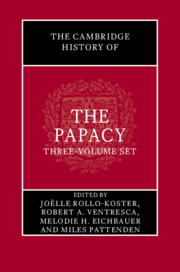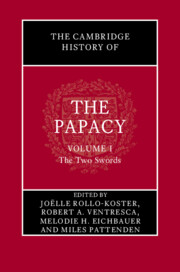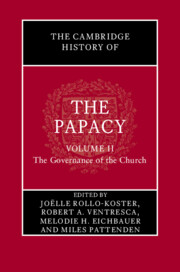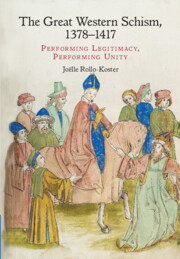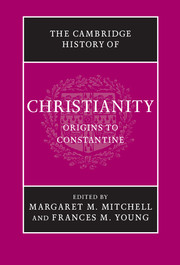The Cambridge History of the Papacy 3 Hardback Book Set
The papacy is commonly referred to as the world's oldest surviving institution and its capacity for survival and residual strength have long fascinated historians. This Cambridge History explores how and why the papacy has endured across the centuries. It examines its role as an instrument of authority, governance, and social and cultural influence, even as many other powerful institutions, empires, and states have disappeared or been reduced to largely ceremonial functions. Topics discussed include the papacy's relationship to secular power, including global events and political movements throughout history; its place in the governance of the Catholic Church, including its own internal structures and relationship with the Catholic hierarchy; and its entanglement in histories of art, culture, spirituality, gender, sexuality, bioethics, the environment, fashion, science, medicine, and the body. Providing new insights into how successive popes have interpreted the role of the papacy, this Cambridge History also reveals how that papal power has been contested in each historical period.
- Provides cross-disciplinary and intersectional history of the papacy as an actor in European and global history
- Provides a sustained analysis of the origins and nature of papal power and authority, and its evolution over the centuries
- Provides new and original insights into the papacy's role in and response to such processes as globalization, decolonization and movements for social and reproductive rights around the world
Product details
July 2025Multiple copy pack
9781108680950
2400 pages
235 × 159 × 122 mm
4.14kg
Available
Table of Contents
- Part I. Christendom and Empire
- Part II. Crises, Schisms, and Dissent
- Part III. Reformations and Revolutions
- Part IV. Theopolitics and Religious Diplomacy
- Part V. Inter-Faith Relations
- Part I. The Pope within the Church
- Part II. The Roman Curia
- Part III. Canon Law
- Part IV. Finance
- Part V. Papal States
- Part I. Spaces, Liturgies, Travels
- Part II. Women, Gender, Sexuality
- Part III. Science, Medicine, Technology
- Part IV. Education, Culture, Arts.

